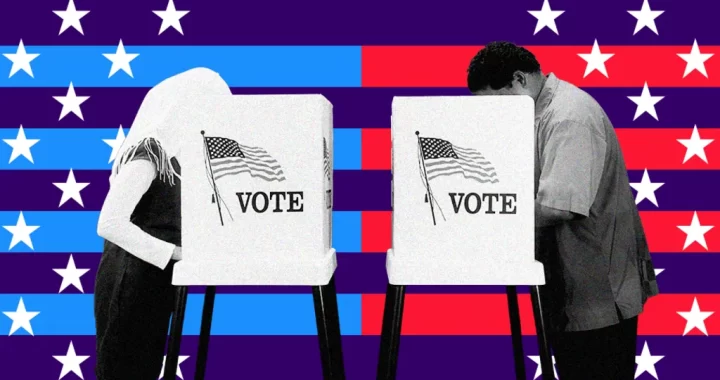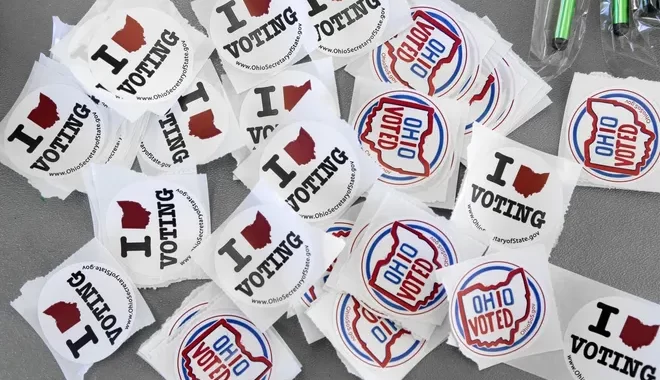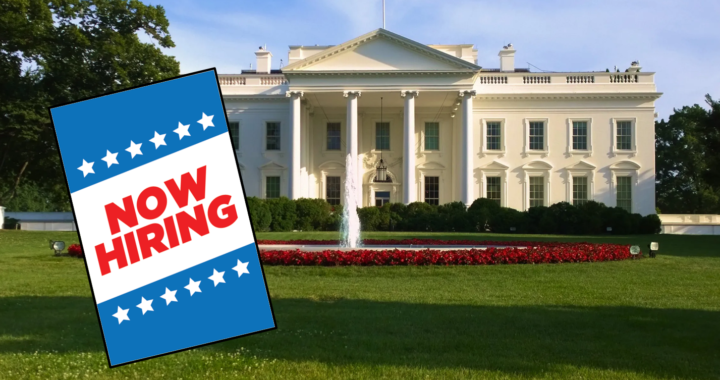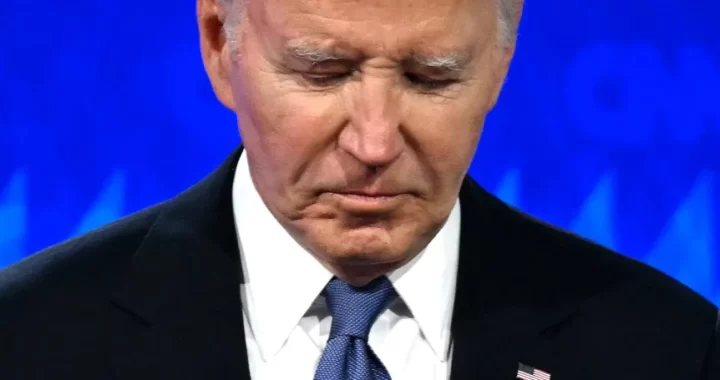By now more than 75 million Americans have already voted. Even the mythical low-information undecided voters, hunted to near extinction this fall, must have come to some kind of decision. Still, I feel weirdly compelled to share this overly long and quite useless post…
Recently I wrote and taught an adult education course on 2024 election issues. I’ve been teaching courses on immigration and law enforcement for a few years, so I figured I could research the background of the various issues – immigration, crime, inflation, the deficit and so on – and present accurate information dispassionately and professionally.
I was wrong.
The experience was infuriating and transformative. I’ve been radicalized.
The scope and scale of the lies by the Trump campaign on all issues was staggering. But the worst thing was uncovering the details of Trump’s malicious treatment of legal immigrants.
When you dig into immigration it is quickly obvious that the Trump campaign has lied about every aspect of the nation’s immigration system, about immigrants themselves, and about their own handling of the immigration issue.
First of all, there is no actual border crisis.
Beginning in 2015 Trump’s focus on immigration has been driven completely by political expediency and has had nothing to do with the well-being, safety, and security of the American people.
If you think the ‘border crisis’ is real, I would ask what evidence in your lived experience suggests that? If news sites, Russian bot farms, and your deranged Uncle Frank didn’t tell you there was a crisis at the border that was imperiling life as we know it, would you even suspect such a thing were true?
Did immigrants take your roofing job, or your job picking strawberries? Were you evicted from your house so that a family of Venezuelan refugees could move in?
Now, it is true that if you are a Border Patrol agent assigned to work at the border, your work experience looks remarkably like a crisis. You’ve been abandoned by your agency; your agency is underfunded and understaffed. Your unit’s workload is spiking while your colleagues’ morale is crashing. Successive administrations and congresses have failed for decades to reform our dysfunctional immigration system leaving you hanging out to dry.
So, yes. Our immigration system is broken and the Customs and Border Patrol is floundering.
But none of that was of interest to Donald Trump. As president he did nothing to fix our immigration system or provide critically needed assistance to the Border Patrol. This year he even spoke out against a bi-partisan immigration reform bill that would have provided additional resources to the Border Patrol.
When Trump took office there were about 11 million illegal immigrants living and working in the United States. They were well-integrated into their communities and a disproportionate percentage of them filled critical jobs in construction, agriculture, and service work. That 2015 number of illegal immigrants was slightly below the peak of 12 million in 2007 and had been essentially unchanged for a decade.
So, why did the existence of these people become a crisis in 2015? What changed?
Nothing changed. Donald Trump needed an issue he could use to keep his political base enraged and engaged and immigration, which has been a contentious topic repeatedly throughout American history, would do nicely.
As a presidential candidate in 2016, Trump promised to deport every immigrant living in the U.S. illegally. He failed to do so. Didn’t even try. In fact, President Obama deported more illegal immigrants in each of his two terms than Trump did in his single term.
Instead, Trump wasted money and time on a useless wall which covered just a fraction of the border and was easily scaled. Naturally, there was fraud involved as two men were imprisoned for their role in stealing money from donors to a “Build the Wall” campaign.
Mass deportations and an effective border wall were too difficult for Trump. So, he turned his attention to refugees and asylum seekers. These were desperate people with no political power, no allies, and no voices in the nation’s capital. They are also here legally.
Trump’s election brought into mainstream political discourse the previously fringe idea that legal immigration is a threat to the United States’ economy and security.
And while Trump was mostly an ineffective clown while in office, failing to do virtually everything he promised, he did in fact use the federal government to wage a malicious and pointless war on refugees.
Using a combination of executive orders and emergency powers, the Trump administration drastically reduced the number of legal immigrants admitted to the United States, and attempted to withdraw legal protections held by thousands of legal immigrants.
Under Trump, the United States trailed the rest of the world in refugee admissions in 2017 and 2018 after leading it for decades.
Is this who we are? Is this who we want to be?
Under Trump, the federal government, created in part to “promote the general welfare and secure the blessings of liberty” was turned against people legally seeking liberty.
Refugees and asylum seekers are not illegal immigrants. They are known to the government, they are vetted by U.S. officials, and they are granted temporary safety in the United States as a means of saving their lives.
They have been no source of trouble to the United States and its citizens. Most will never be granted permanent resident status here. But that wasn’t enough for Trump. He slashed refugee admission programs and attempted to break U.S. promises of temporary safety with thousands of others.
And let’s not even start on Trump’s grand plan to separate families at the border to terrorize unauthorized immigrants. Even today, some of these families have not been reunited.
The cruelty of these policies and the human suffering they caused is indefensible. Refugees and asylum seekers are here legally and Trump turned on them for political advantage.
And for what?
Did any Americans see their lives enriched by the callous treatment Trump handed out?
The only person to benefit was Trump, as he managed to keep immigration alive as a campaign issue.
If a voter selected Trump because of his handling of the “border crisis,” there is no other conclusion than that the voter was conned, scammed, and clowned.
November 4, 2024











